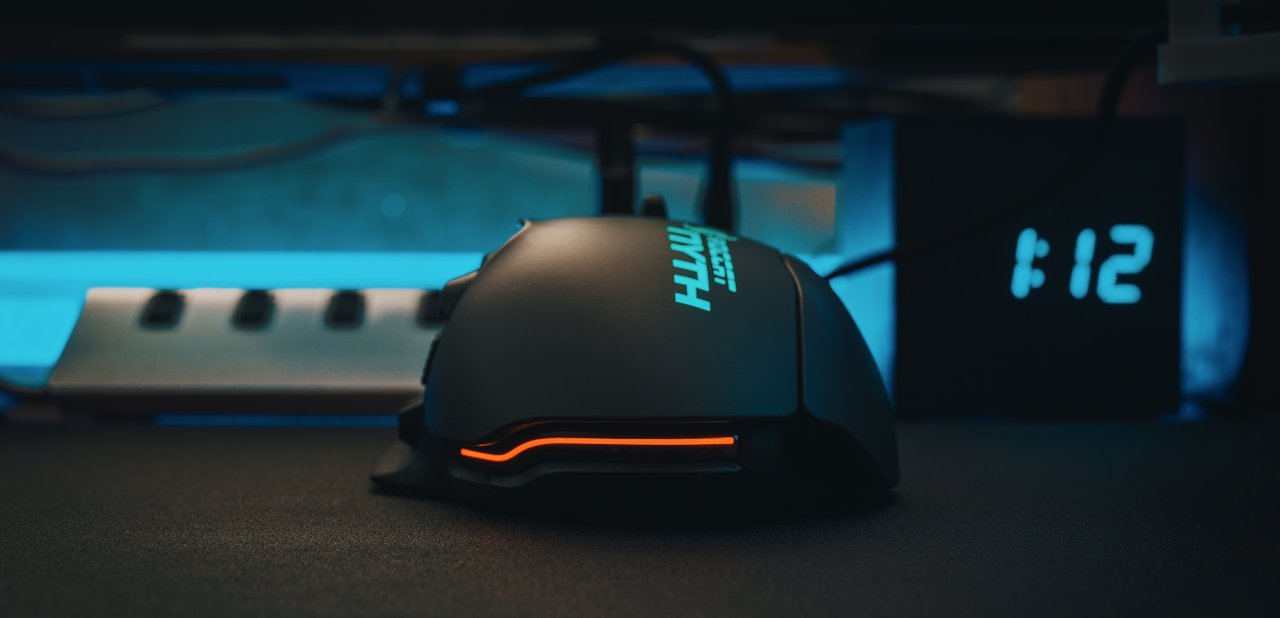It is good to see VR enthusiasts speculate as to what the future may hold for the hardware. So far, VR headsets are a bit underwhelming, albeit major advances can be made quite quickly. Addressing issues such as field of view limitations and true-to-life resolution will not be easy by any means. However, things are not looking all that bad for virtual reality hardware right now.
Field of View Issues Are To Be Expected For VR Hardware
It is impossible to look past the current issues affecting VR hardware. No one expected the first generation of HMDs would be without flaws, although things are not looking all that bad right now. Granted, the field of view in VR is still limited compared to what we are sued to in real life. More specially, VR headset lenses would need a density of 60 pixels per degree of vision, which is impossible to achieve right now.
A 4K display would get us closer to that target, albeit real-life field of view is still more demanding. The average human eye can see things at a resolution of 10200 x 9000 pixels. That means there is still a lot of progress to be made when it comes to VR resolution. Then again, no other electronic device can offer such a high resolution, which means the limitation is not native to VR by any means.
Moreover, there is the question of whether or not VR users even need that resolution. It is more than sufficient for virtual reality software to render enough pixels for specific parts of the image based on eye-tracking capabilities. A lot of progress will be made in this regard over the coming years. A bigger issue VR hardware manufacturers need to address is the lack of properly drawing objects at their optical distance. So far, this is the biggest letdown of VR hardware.
Regarding a timeline of how soon these changes will occur, now is not the time to expect miracles by any means. It can take anywhere from three to fifteen years before the technology is capable of meeting user expectations. Virtual reality is a very exciting industry, and it can lead to great entertainment in a few years from now. For now, the technology has to deal with initial issues that require addressing.
If you liked this article make sure to follow us on twitter @thevrbase and subscribe to our newsletter to stay up to date with the latest VR trends and news.












